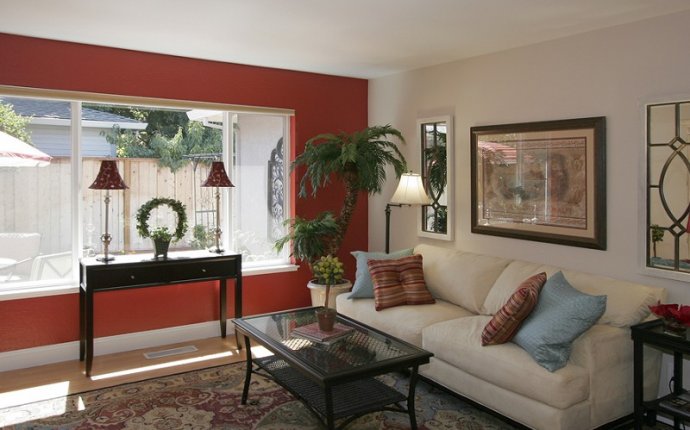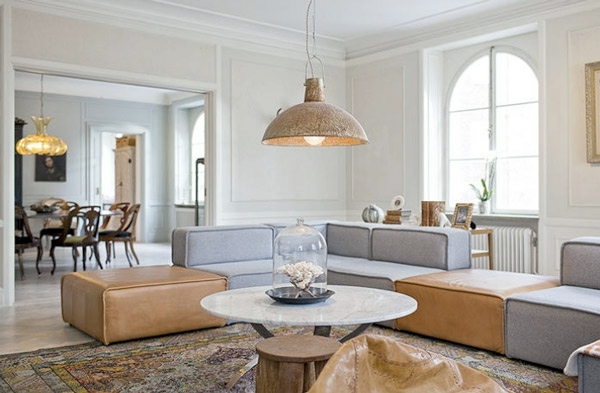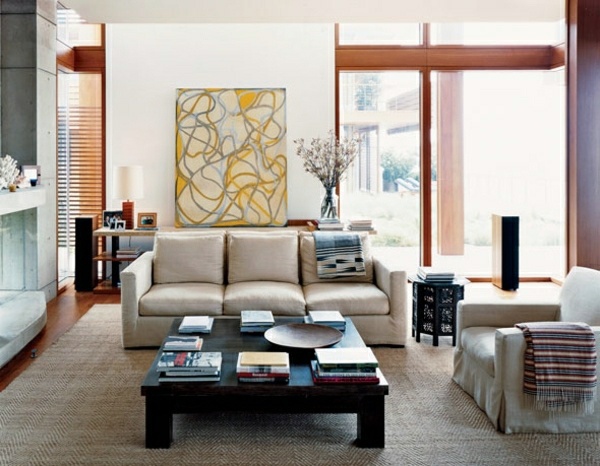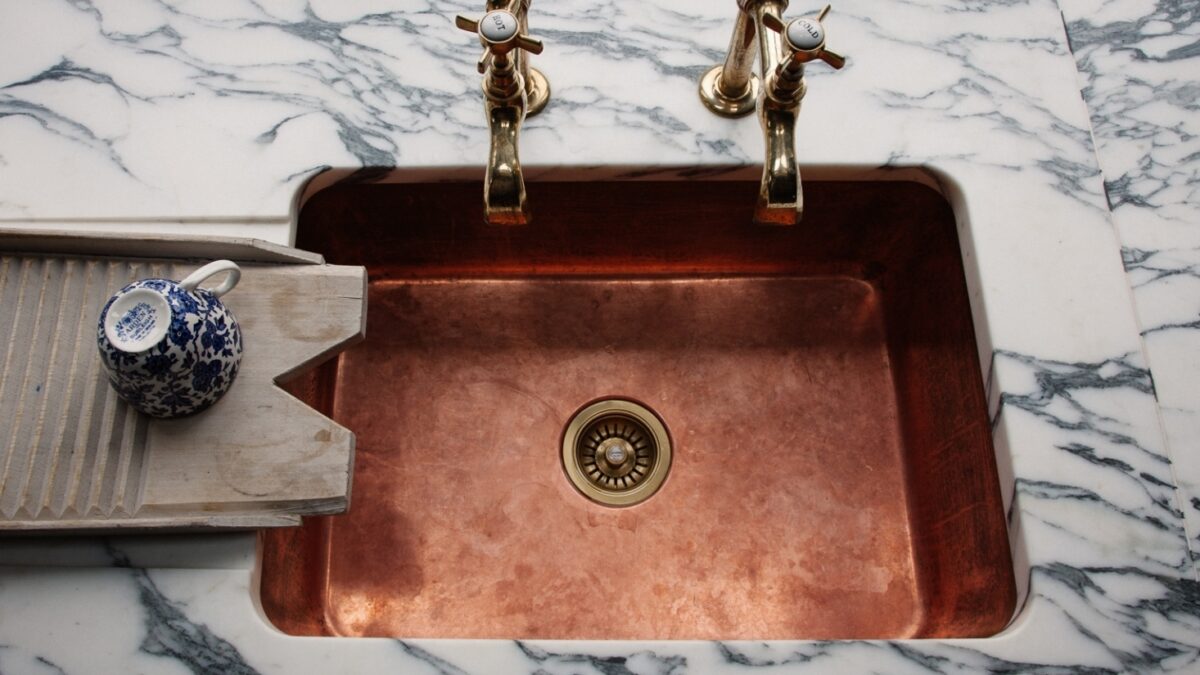Feng Shui is an ancient Chinese practice that focuses on creating harmony and balance in our surroundings. When it comes to designing a living room, incorporating Feng Shui principles can help create a peaceful and welcoming space. Here are some design ideas to help you achieve a Feng Shui living room.Feng Shui Living Room Design Ideas
Colors play a crucial role in Feng Shui as they have the power to influence our emotions and energy levels. For a living room, it is recommended to use calming and soothing colors such as blue, green, and earth tones. These colors promote relaxation and harmony, which are essential in a Feng Shui living room.Feng Shui Living Room Colors
The layout of your living room is also essential in Feng Shui. It is believed that the placement of furniture can affect the flow of energy in a room. To create a balanced and harmonious living room, make sure to leave enough space for the energy (or Chi) to flow freely. Avoid placing furniture in front of windows or doors, and arrange them in a way that allows for easy movement.Feng Shui Living Room Layout
In Feng Shui, furniture represents our support in life. Therefore, it is essential to choose furniture that is comfortable, functional, and in good condition. Avoid furniture with sharp edges or corners, as they can create negative energy. Instead, opt for rounded or curved shapes. It is also recommended to have a balance of yin and yang elements in your furniture, such as mixing soft and hard materials.Feng Shui Living Room Furniture
Plants are a great way to bring nature and positive energy into your living room. In Feng Shui, plants symbolize growth and vitality. Choose plants with soft and rounded leaves, such as peace lilies or bamboo, to create a calming atmosphere. Avoid plants with thorns or spiky leaves, as they can create negative energy.Feng Shui Living Room Plants
When it comes to decorating your living room, it is essential to keep it clutter-free and organized. Clutter can block the flow of energy and create negative energy in the room. Opt for simple and meaningful decor items that bring you joy and represent your personal style. You can also incorporate elements of nature, such as a crystal or salt lamp, to enhance the positive energy in the room.Feng Shui Living Room Decor
Here are some additional tips to help you create a Feng Shui living room:Feng Shui Living Room Tips
In Feng Shui, the arrangement of furniture and decor is crucial in creating a balanced and harmonious living room. The placement of furniture should promote an easy flow of energy and allow for comfortable and functional use of the space. Avoid placing furniture in a way that blocks the main door or creates obstacles in the room.Feng Shui Living Room Arrangement
Mirrors are powerful tools in Feng Shui as they can reflect and enhance the energy in a room. When it comes to a living room, it is recommended to place mirrors on the walls that reflect natural light or a beautiful view. Avoid placing mirrors directly facing the main door or reflecting cluttered areas.Feng Shui Living Room Mirror Placement
The bagua is a Feng Shui energy map that divides a space into nine areas, each representing a different aspect of our lives. By using the bagua map, you can determine which areas of your living room need special attention and enhance them with specific elements based on the corresponding life area. For example, the wealth area can be enhanced with the use of crystals or water elements. In conclusion, incorporating Feng Shui principles in your living room design can create a harmonious and peaceful space. By considering the layout, furniture, colors, and decor, you can create a welcoming and balanced living room that promotes positive energy and supports your overall well-being. Use these ideas and tips to create your own Feng Shui living room and enjoy the benefits of a harmonious and balanced space.Feng Shui Living Room Bagua
Feng Shui: Creating Harmony in Your Living Room

The Importance of Feng Shui in House Design
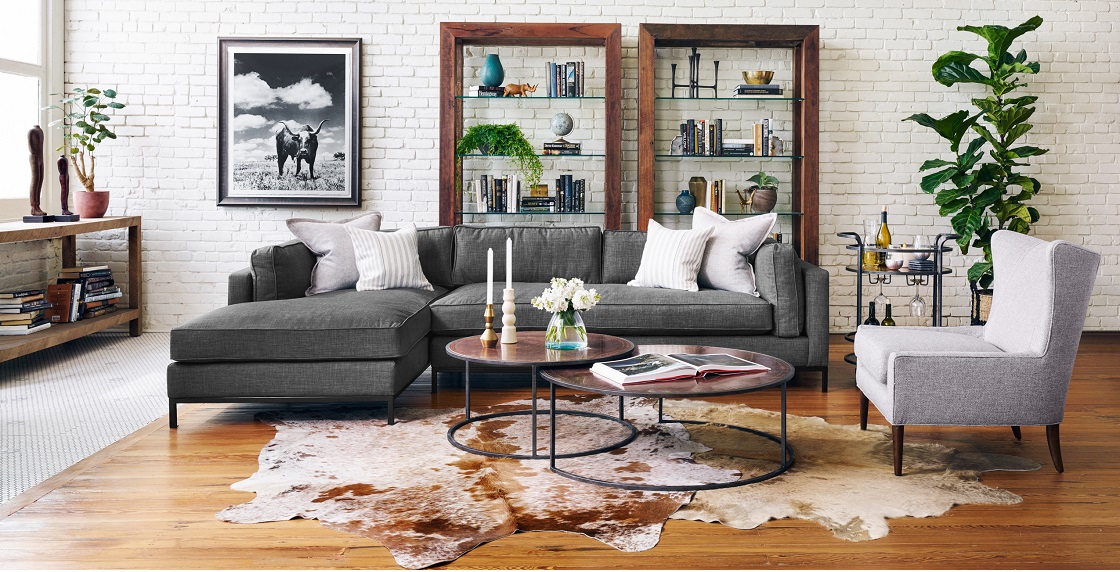 Feng Shui, an ancient Chinese practice, is all about creating a harmonious and balanced energy flow in your living space. When applied correctly, it can bring peace, prosperity, and positive vibes to your home. The living room, being the heart of the house, is the perfect place to start incorporating Feng Shui principles. By making a few simple changes, you can transform your living room into a serene and inviting space that promotes well-being and happiness.
Feng Shui, an ancient Chinese practice, is all about creating a harmonious and balanced energy flow in your living space. When applied correctly, it can bring peace, prosperity, and positive vibes to your home. The living room, being the heart of the house, is the perfect place to start incorporating Feng Shui principles. By making a few simple changes, you can transform your living room into a serene and inviting space that promotes well-being and happiness.
Clear the Clutter for Good Energy Flow
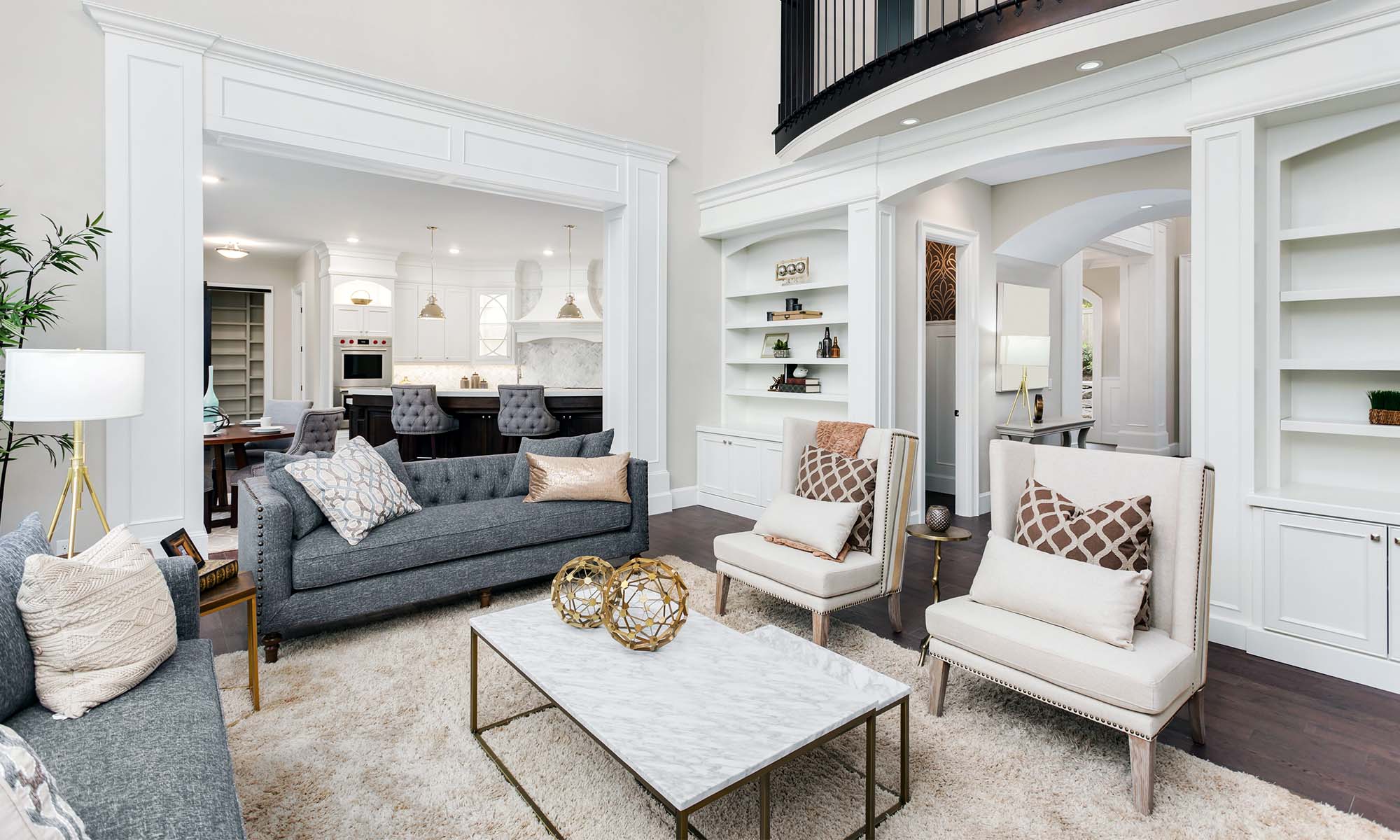 One of the first steps in creating a Feng Shui living room is to declutter. A cluttered space not only looks messy but can also disrupt the energy flow in your home. Start by getting rid of any unnecessary items and organizing the remaining ones. Keep the space clean and tidy, and only display things that you truly love and bring you joy.
One of the first steps in creating a Feng Shui living room is to declutter. A cluttered space not only looks messy but can also disrupt the energy flow in your home. Start by getting rid of any unnecessary items and organizing the remaining ones. Keep the space clean and tidy, and only display things that you truly love and bring you joy.
Choose Calming Colors
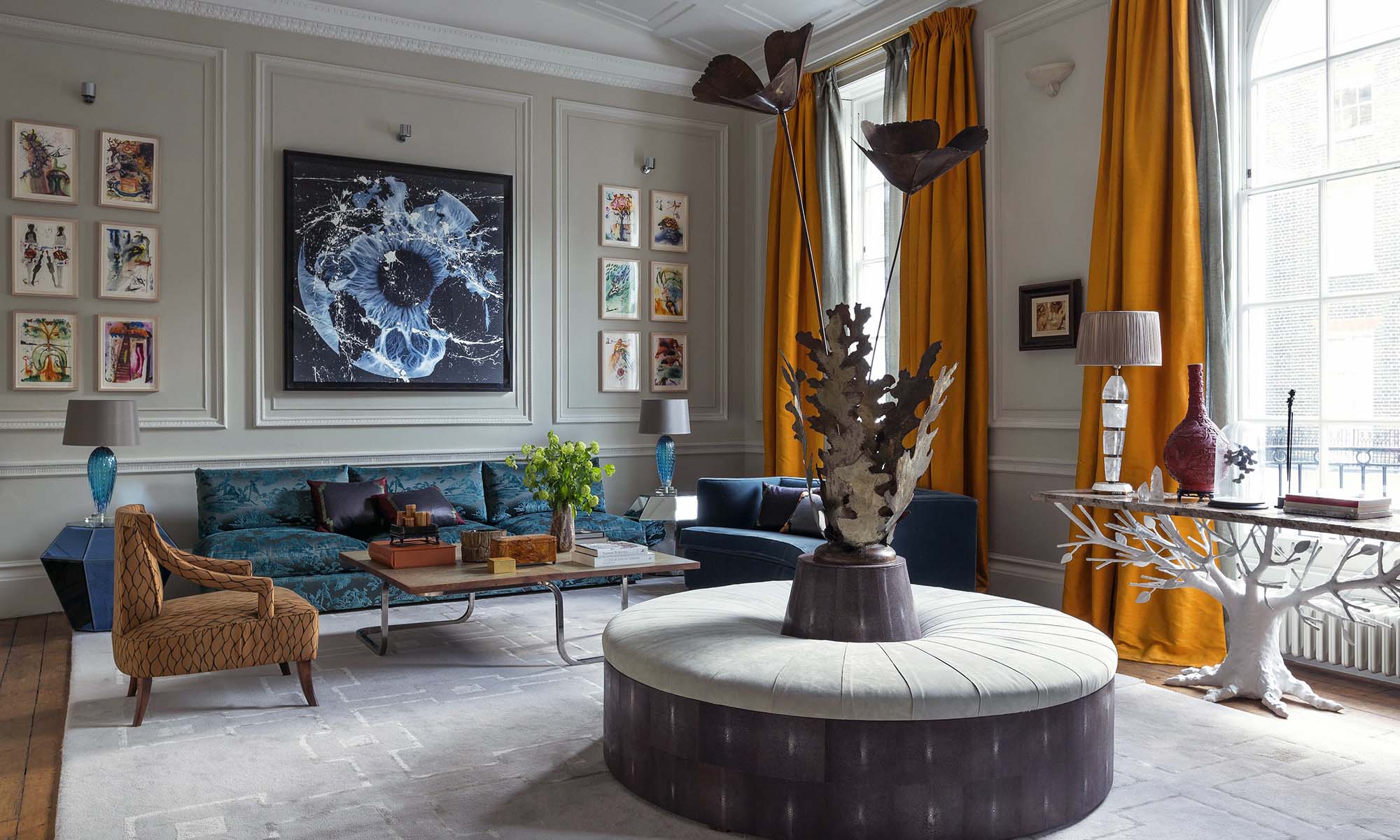 Color plays a vital role in Feng Shui. Each color has a different energy and can affect your mood and emotions. When choosing colors for your living room, opt for calming and soothing tones such as
earth tones
and
pastel shades
. These colors promote a sense of relaxation and balance in the space.
Color plays a vital role in Feng Shui. Each color has a different energy and can affect your mood and emotions. When choosing colors for your living room, opt for calming and soothing tones such as
earth tones
and
pastel shades
. These colors promote a sense of relaxation and balance in the space.
Position Your Furniture Wisely
/GettyImages-1093510322-bdcf13ae33e74480934cf9b0e6658e3a.jpg) In Feng Shui, the placement of furniture is crucial. The main
keyword
is to create a free-flowing and welcoming space. Avoid blocking the entryway or placing furniture directly in front of windows, as this can disrupt the energy flow. Instead, position your furniture in a way that allows for easy movement and conversation.
In Feng Shui, the placement of furniture is crucial. The main
keyword
is to create a free-flowing and welcoming space. Avoid blocking the entryway or placing furniture directly in front of windows, as this can disrupt the energy flow. Instead, position your furniture in a way that allows for easy movement and conversation.
Add Natural Elements
 Nature is a significant element in Feng Shui. Bringing natural elements into your living room, such as plants, can help create a sense of balance and harmony. Choose plants with rounded leaves as they symbolize prosperity and good fortune. You can also incorporate other natural elements like
wooden furniture
or
natural fabrics
to add warmth and texture to the space.
Nature is a significant element in Feng Shui. Bringing natural elements into your living room, such as plants, can help create a sense of balance and harmony. Choose plants with rounded leaves as they symbolize prosperity and good fortune. You can also incorporate other natural elements like
wooden furniture
or
natural fabrics
to add warmth and texture to the space.
Let in Natural Light
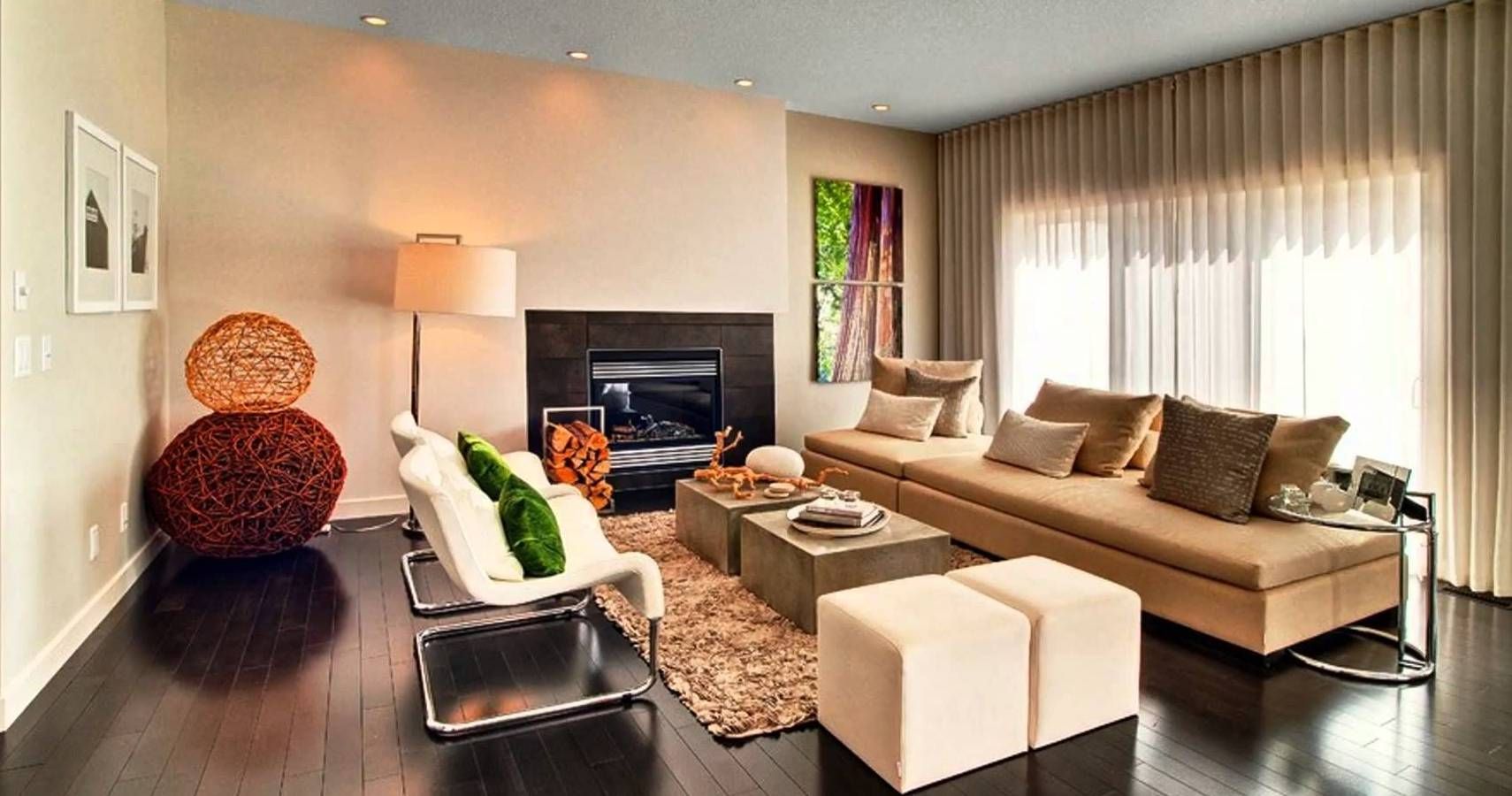 Natural light is an essential aspect of Feng Shui. It represents positive energy and helps to keep the space bright and cheerful. Make sure to keep your windows clean and open them regularly to let in fresh air and natural light. If your living room lacks natural light, use
lighting
to mimic it. Choose warm, soft lighting over harsh and bright ones.
Natural light is an essential aspect of Feng Shui. It represents positive energy and helps to keep the space bright and cheerful. Make sure to keep your windows clean and open them regularly to let in fresh air and natural light. If your living room lacks natural light, use
lighting
to mimic it. Choose warm, soft lighting over harsh and bright ones.
Conclusion
 Incorporating Feng Shui principles into your living room can have a significant impact on the overall energy of your home. By creating a clutter-free, well-organized, and balanced space, you can promote a sense of peace and harmony, making your living room a place of relaxation and rejuvenation. Follow these tips, and you'll be on your way to creating a
perfect Feng Shui living room
in no time.
Incorporating Feng Shui principles into your living room can have a significant impact on the overall energy of your home. By creating a clutter-free, well-organized, and balanced space, you can promote a sense of peace and harmony, making your living room a place of relaxation and rejuvenation. Follow these tips, and you'll be on your way to creating a
perfect Feng Shui living room
in no time.




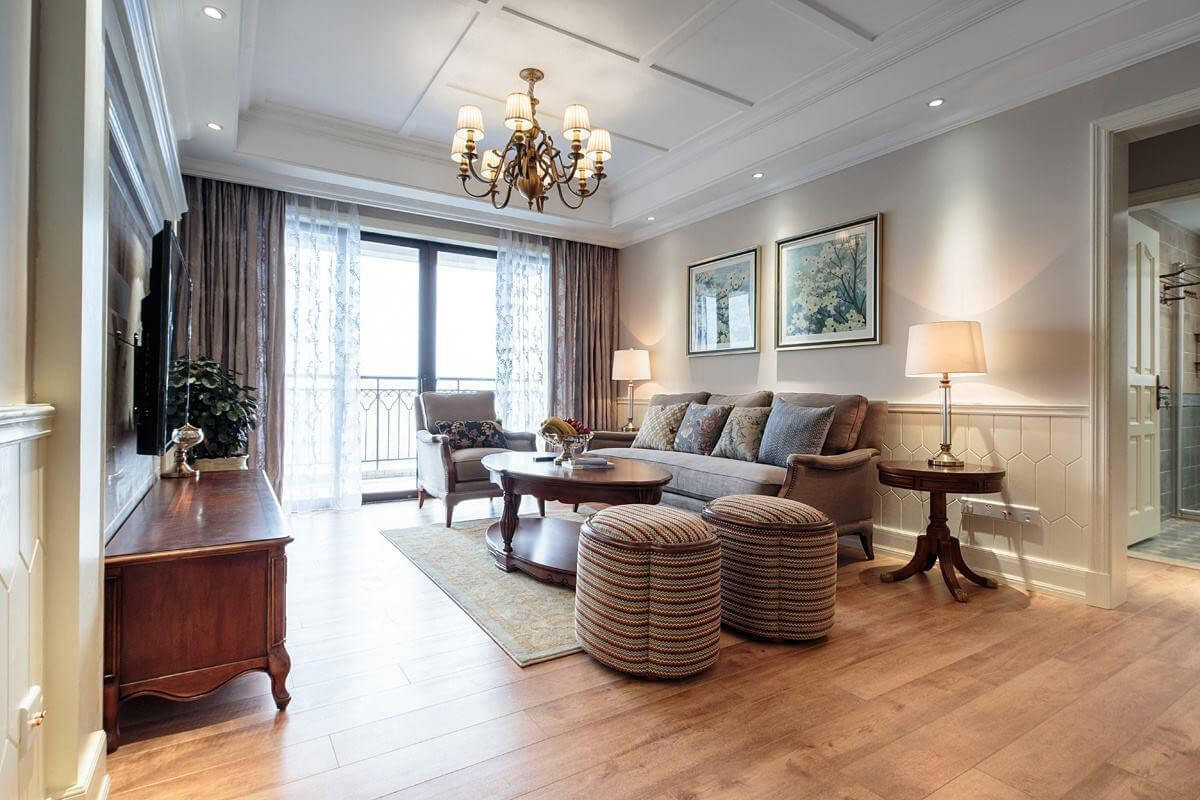
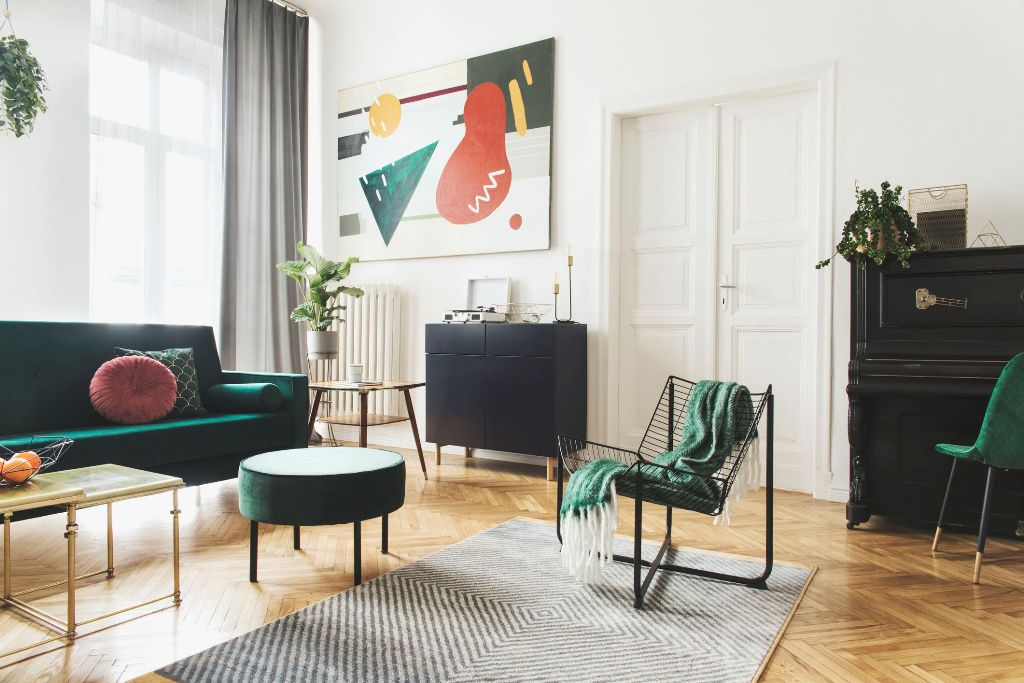
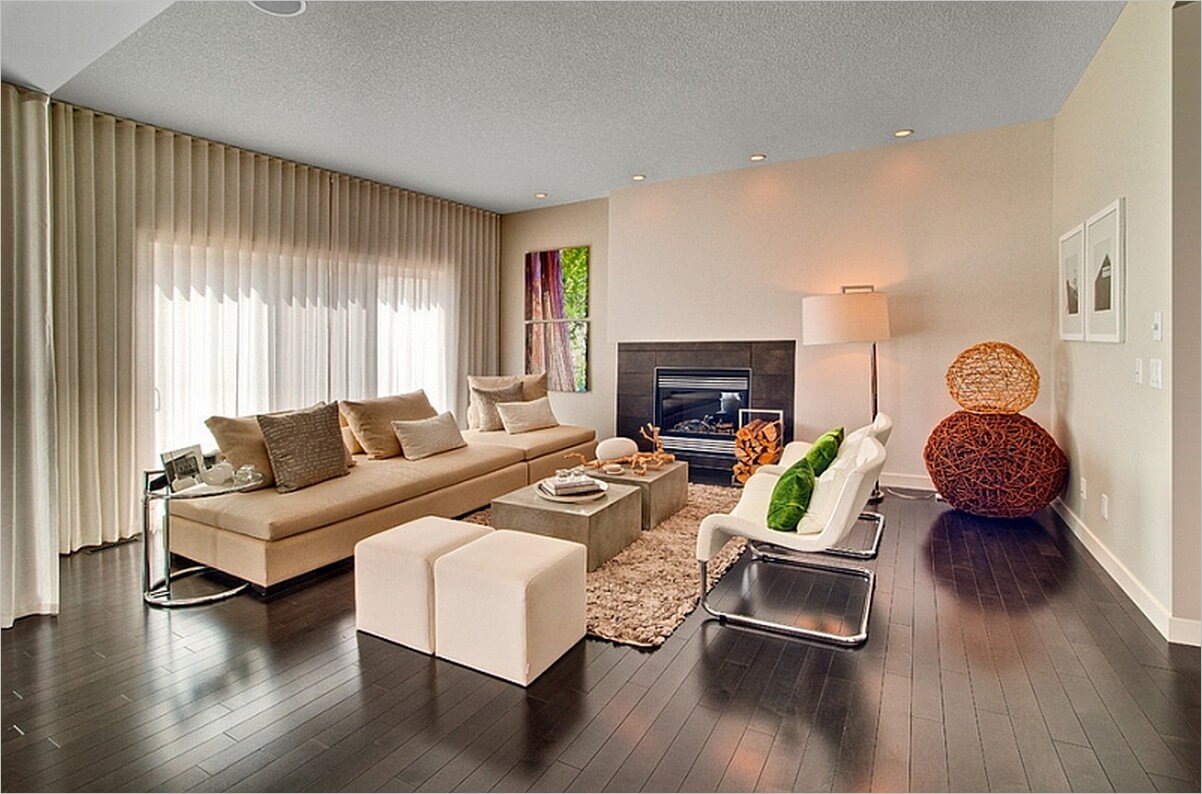

/GettyImages-1030845464-d9bf0a6179ff4601971a1ab963607969.jpg)
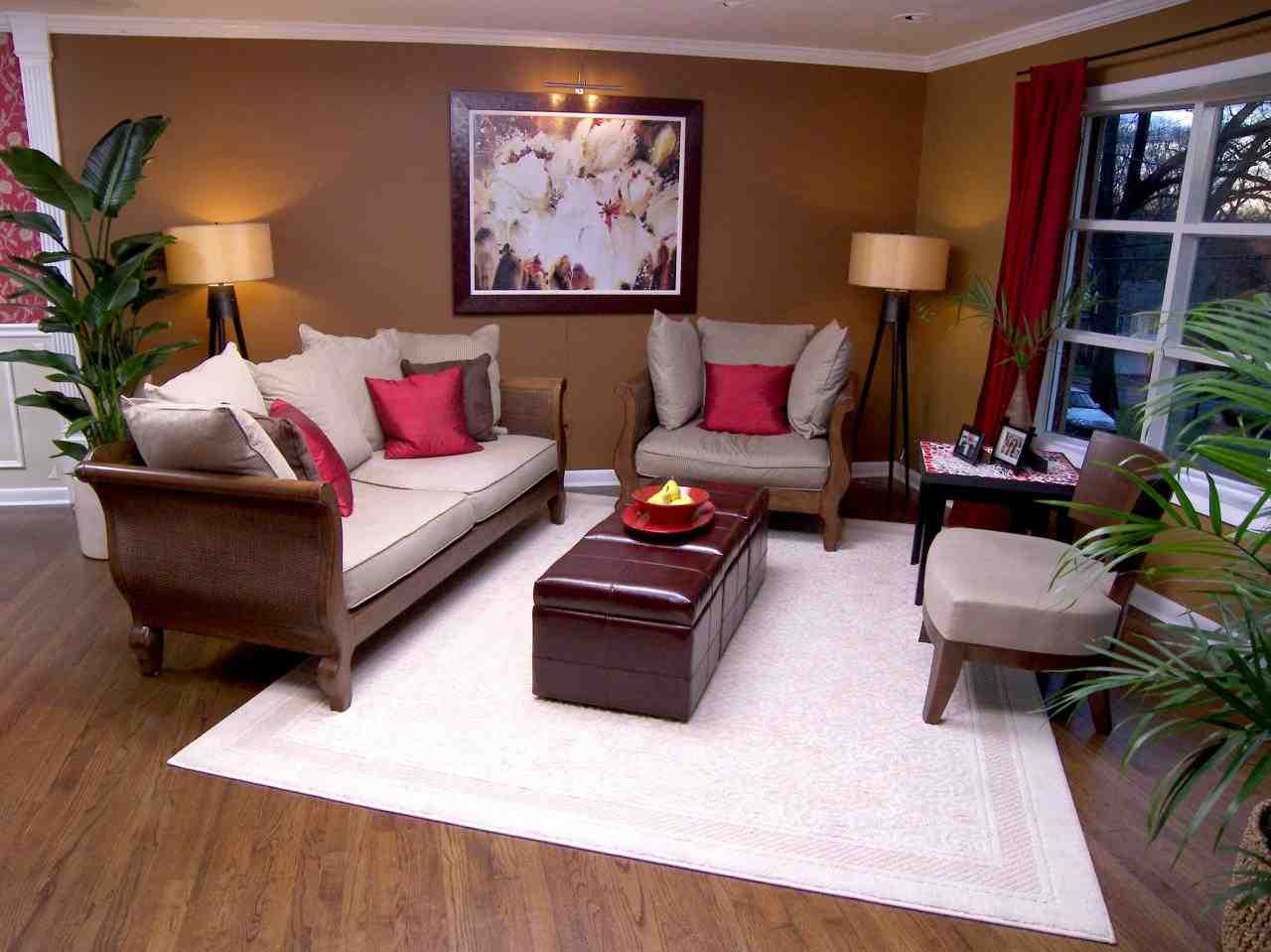
:max_bytes(150000):strip_icc()/interior-of-a-modern-living-room-157585197-f4ed3ae199e0491d84d9a79b90e66809.jpg)

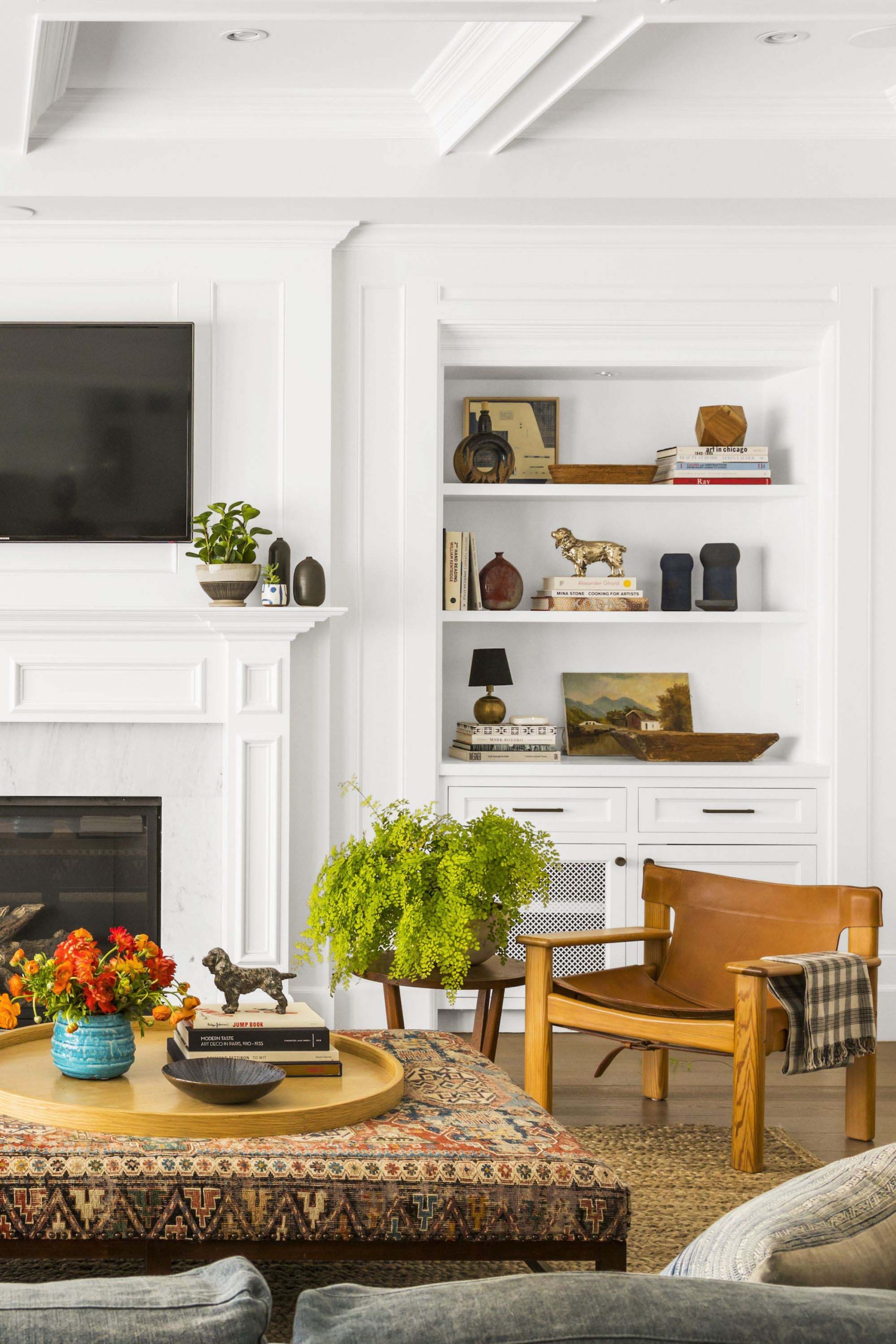






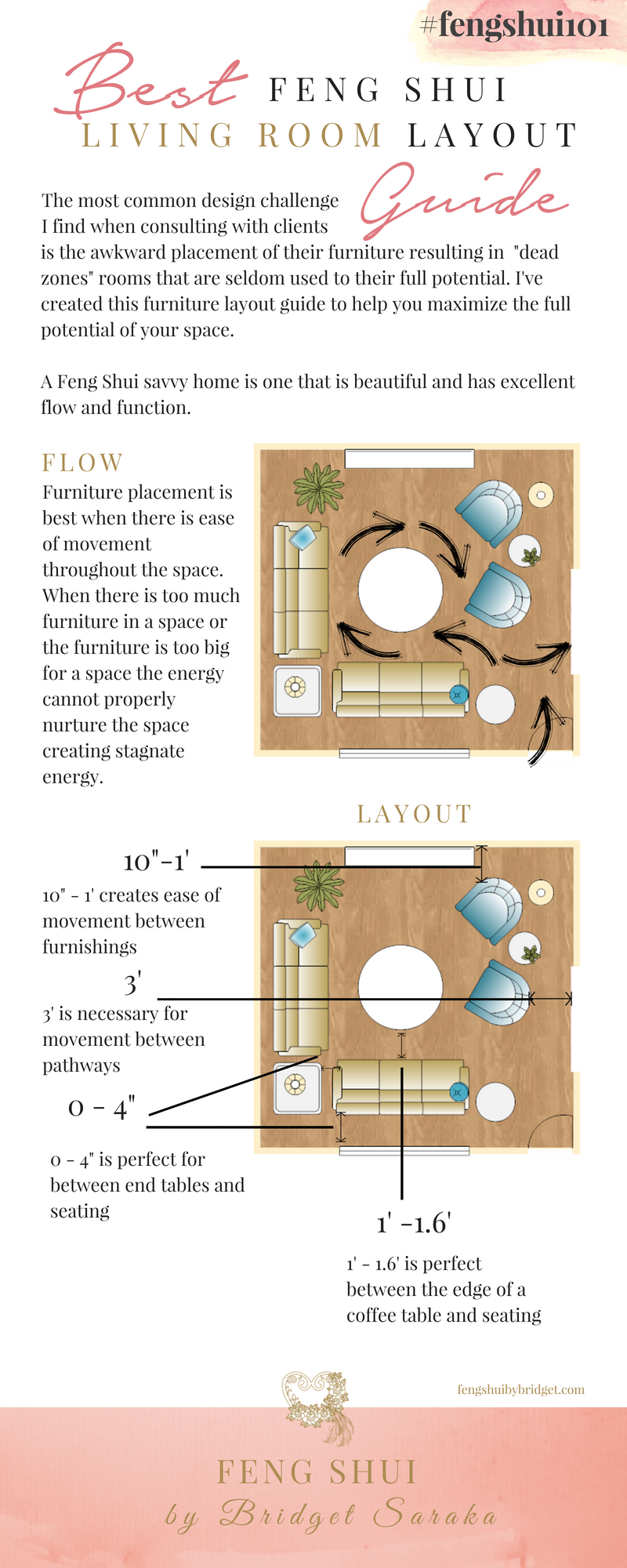


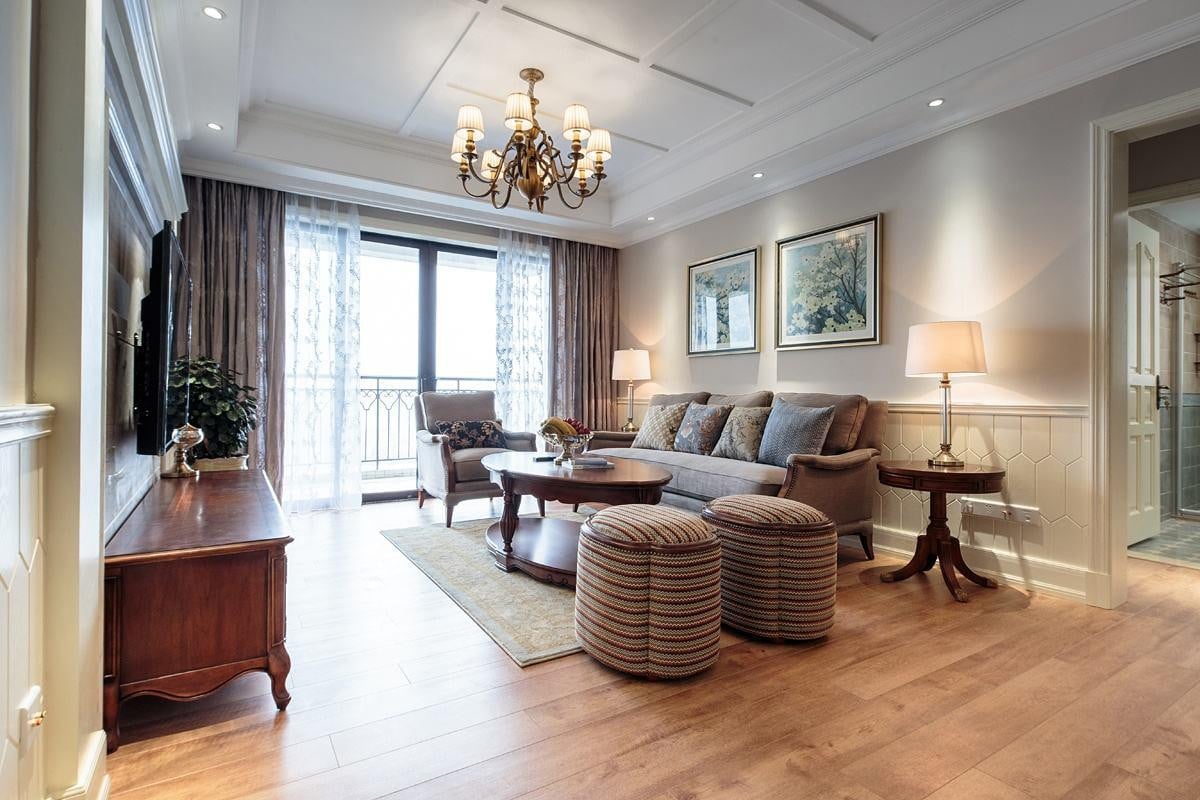
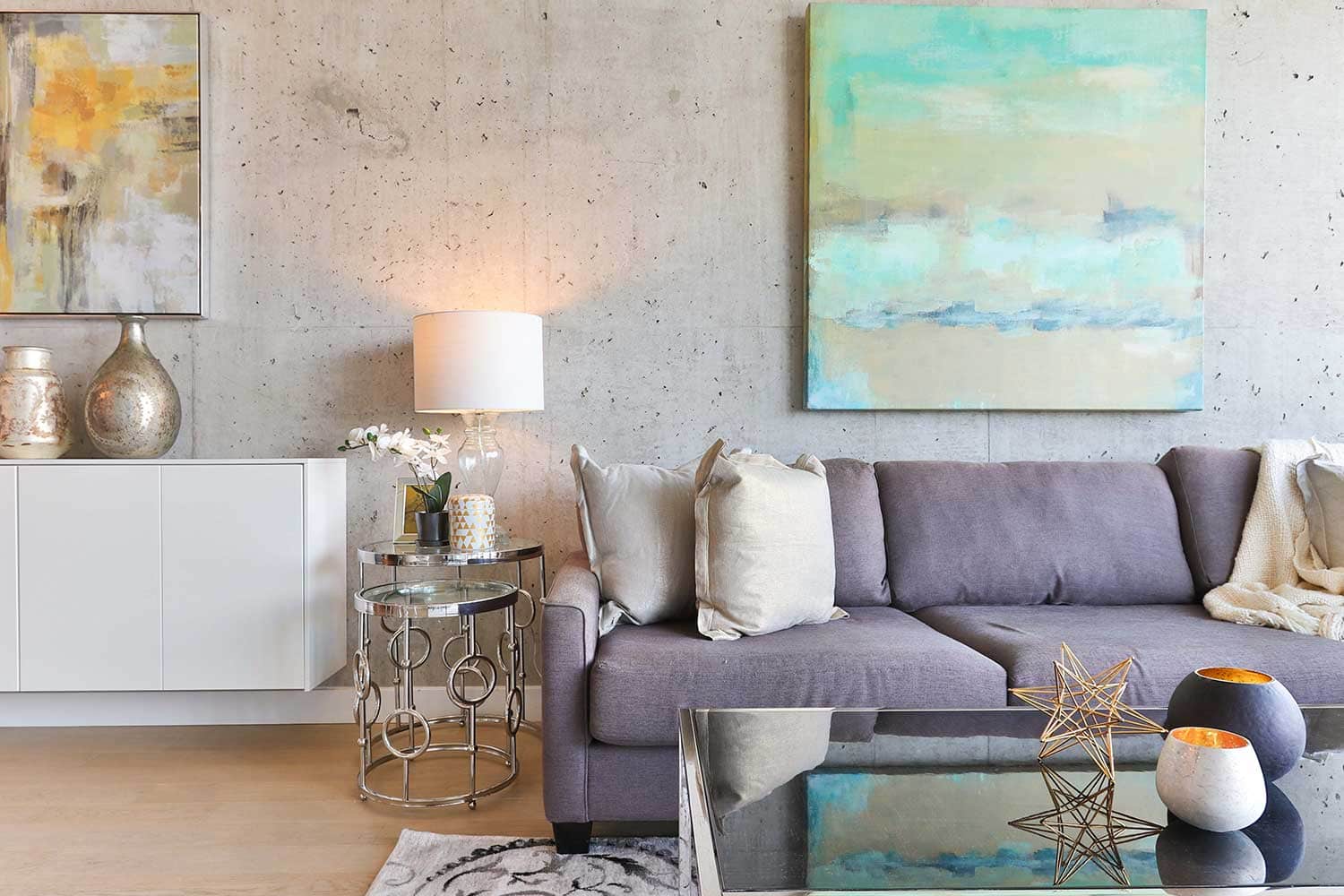
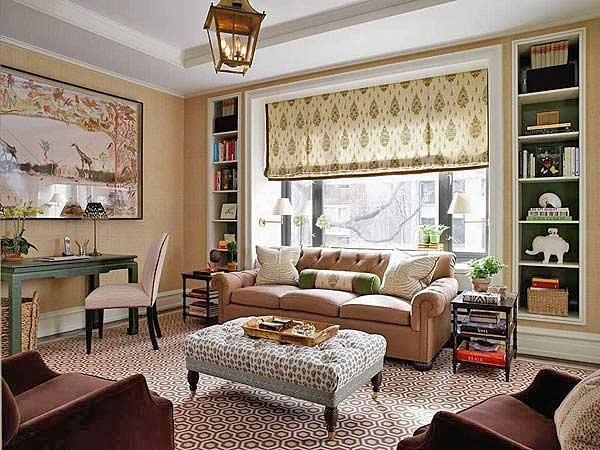
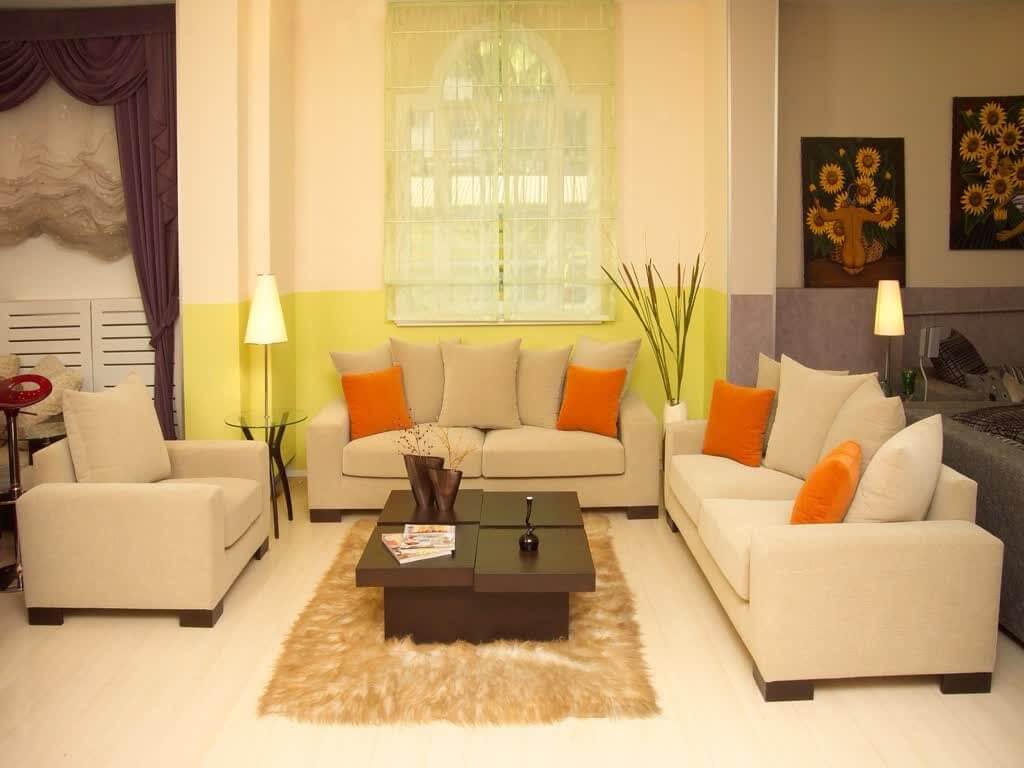



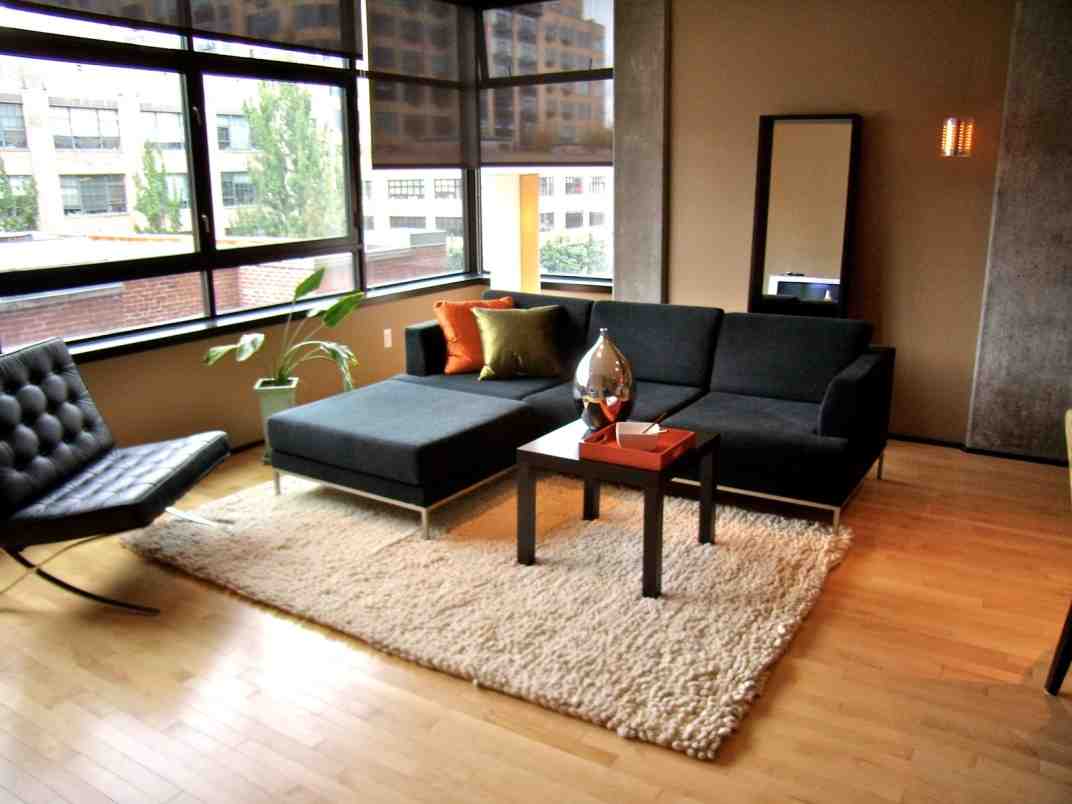
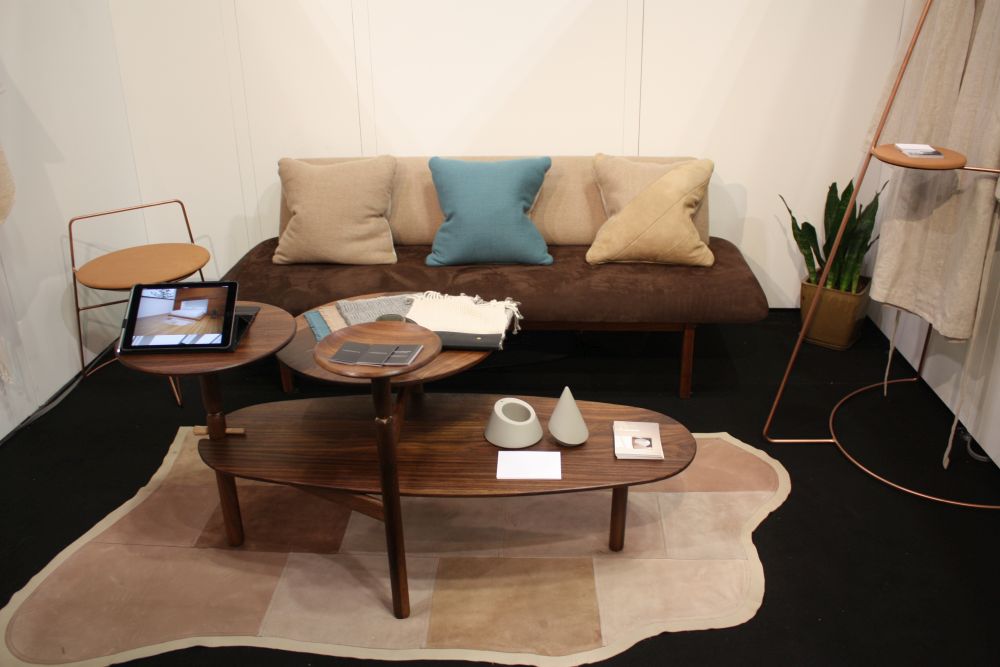



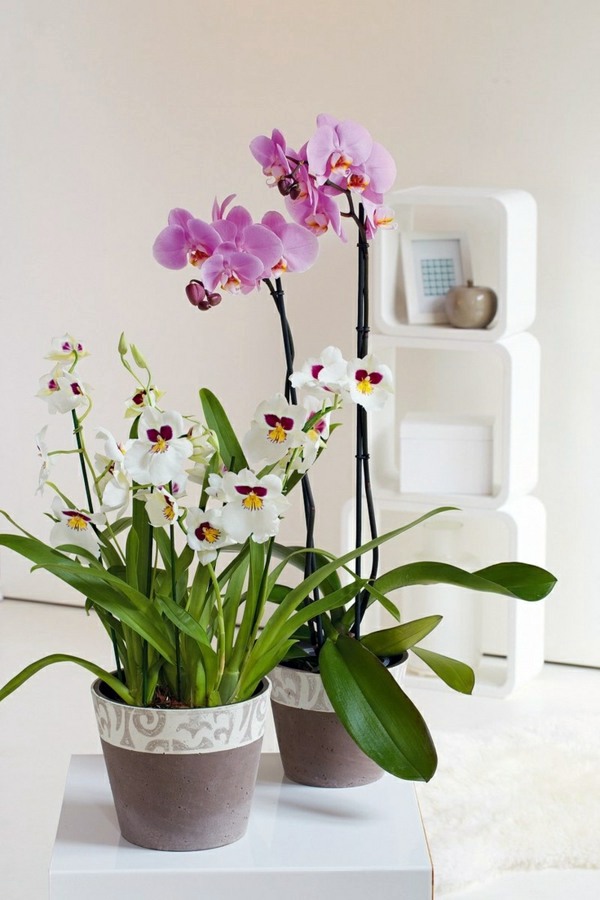
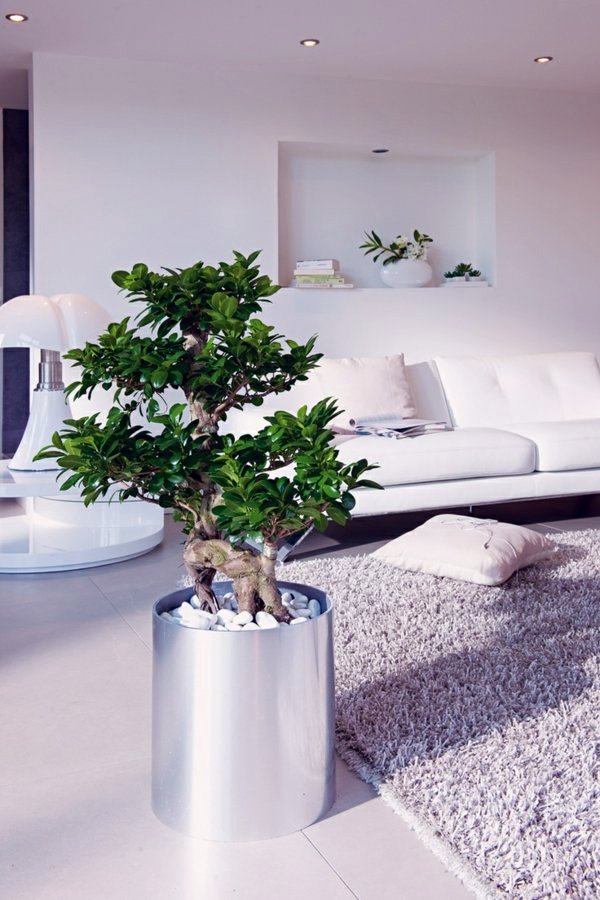



:max_bytes(150000):strip_icc()/GettyImages-642242204-9bc00f4474f040908f0286b3f2764f95.jpg)

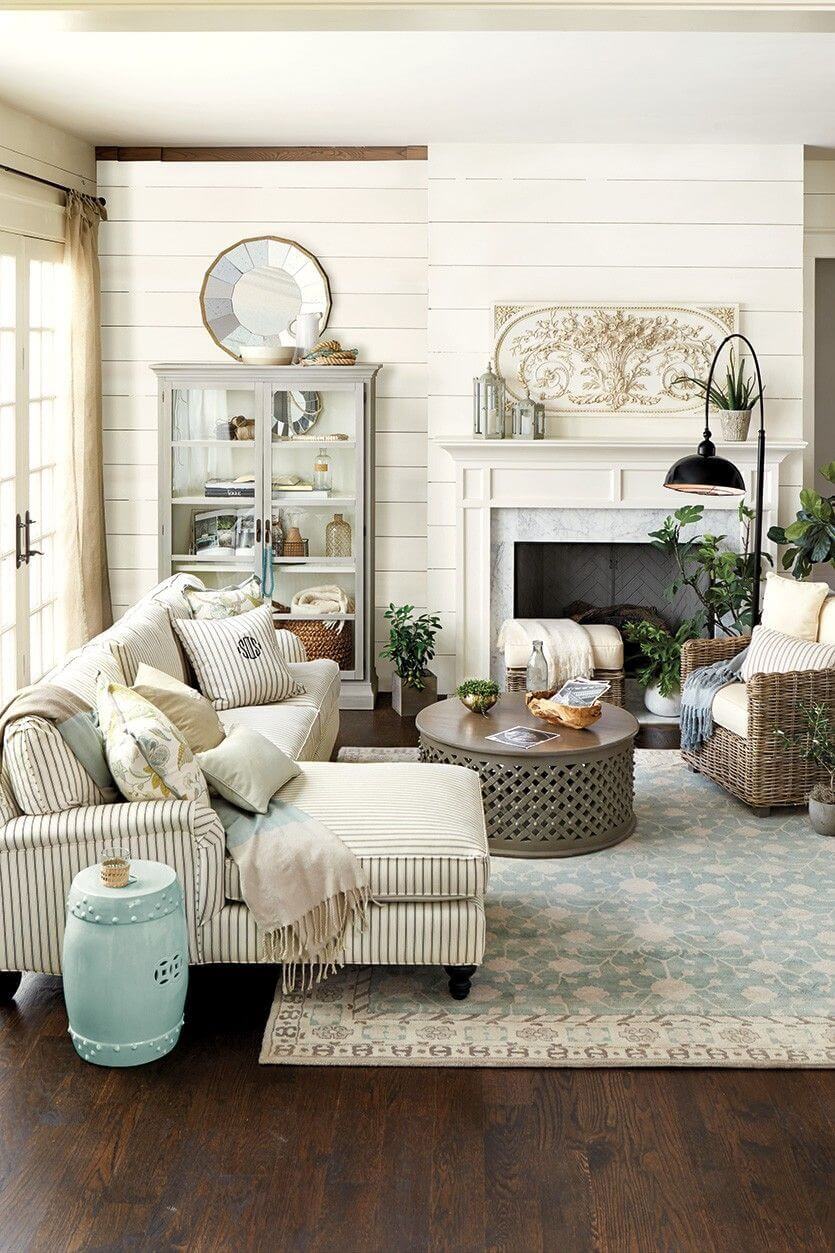




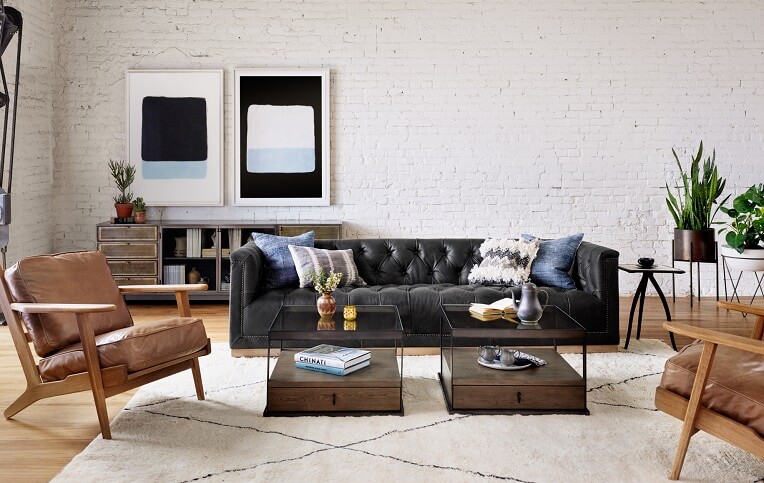



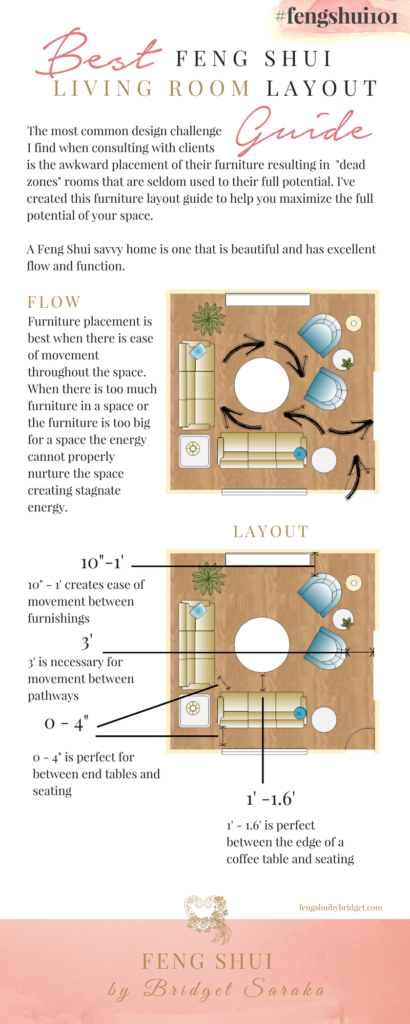
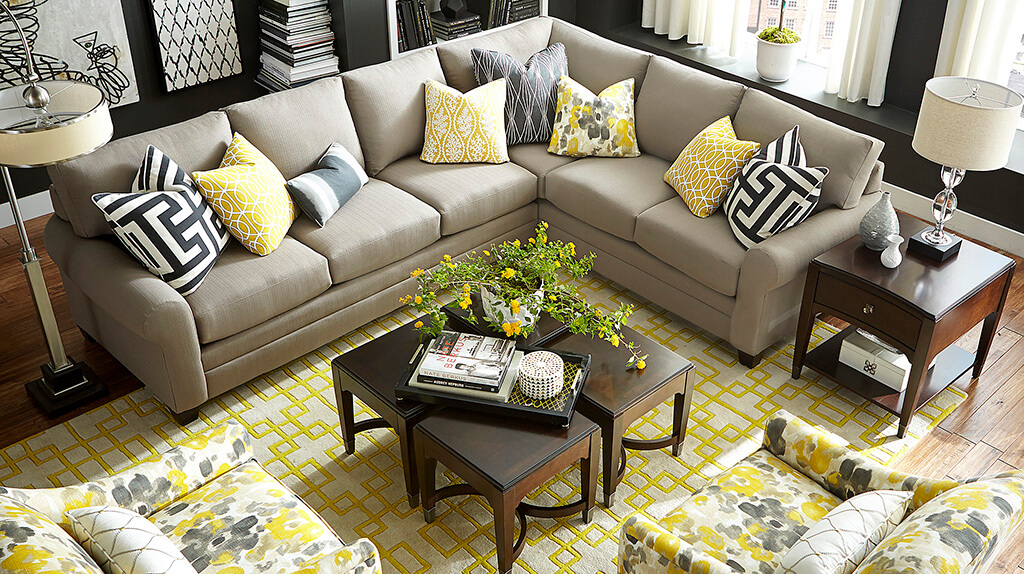
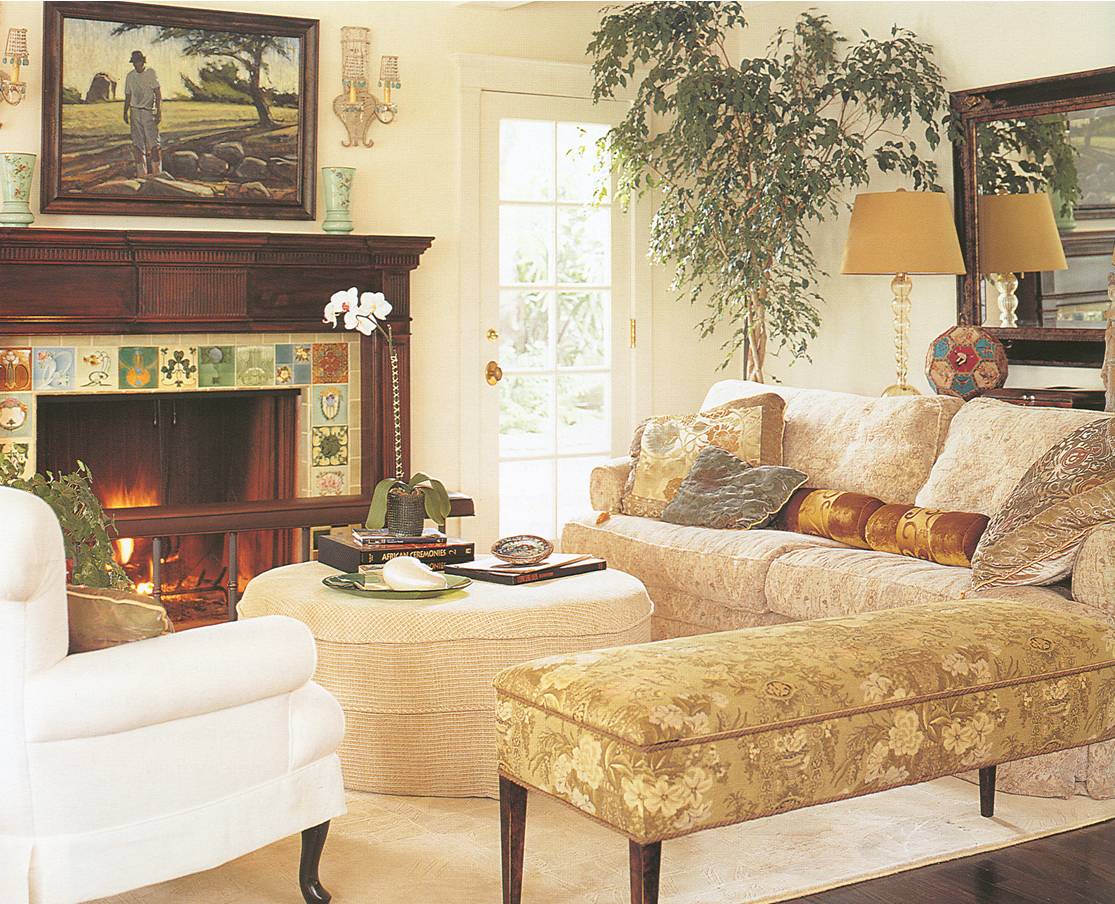





/Living-room-mirror-GettyImages-530358968-58b8be143df78c353c14eae5.jpg)

